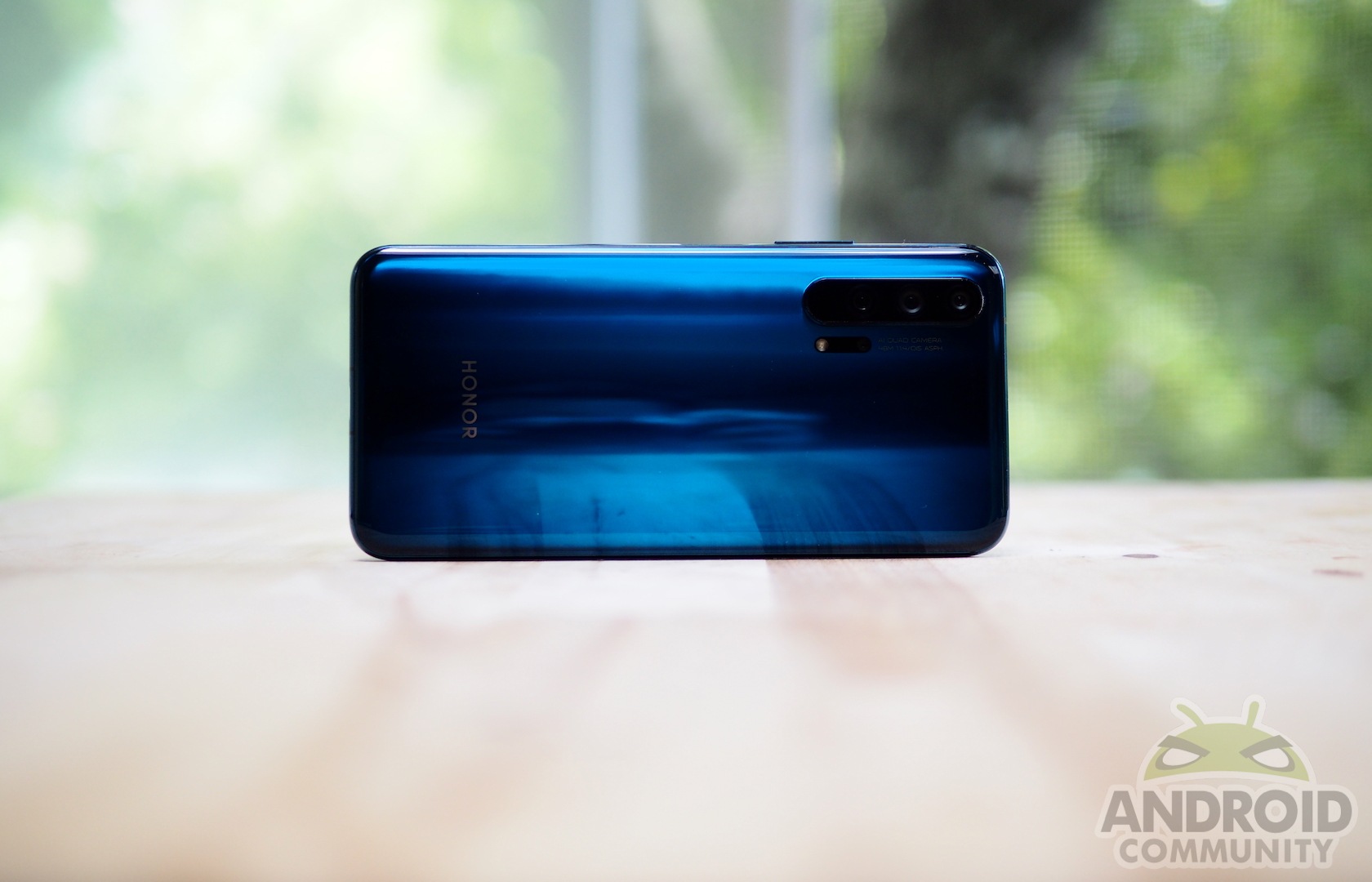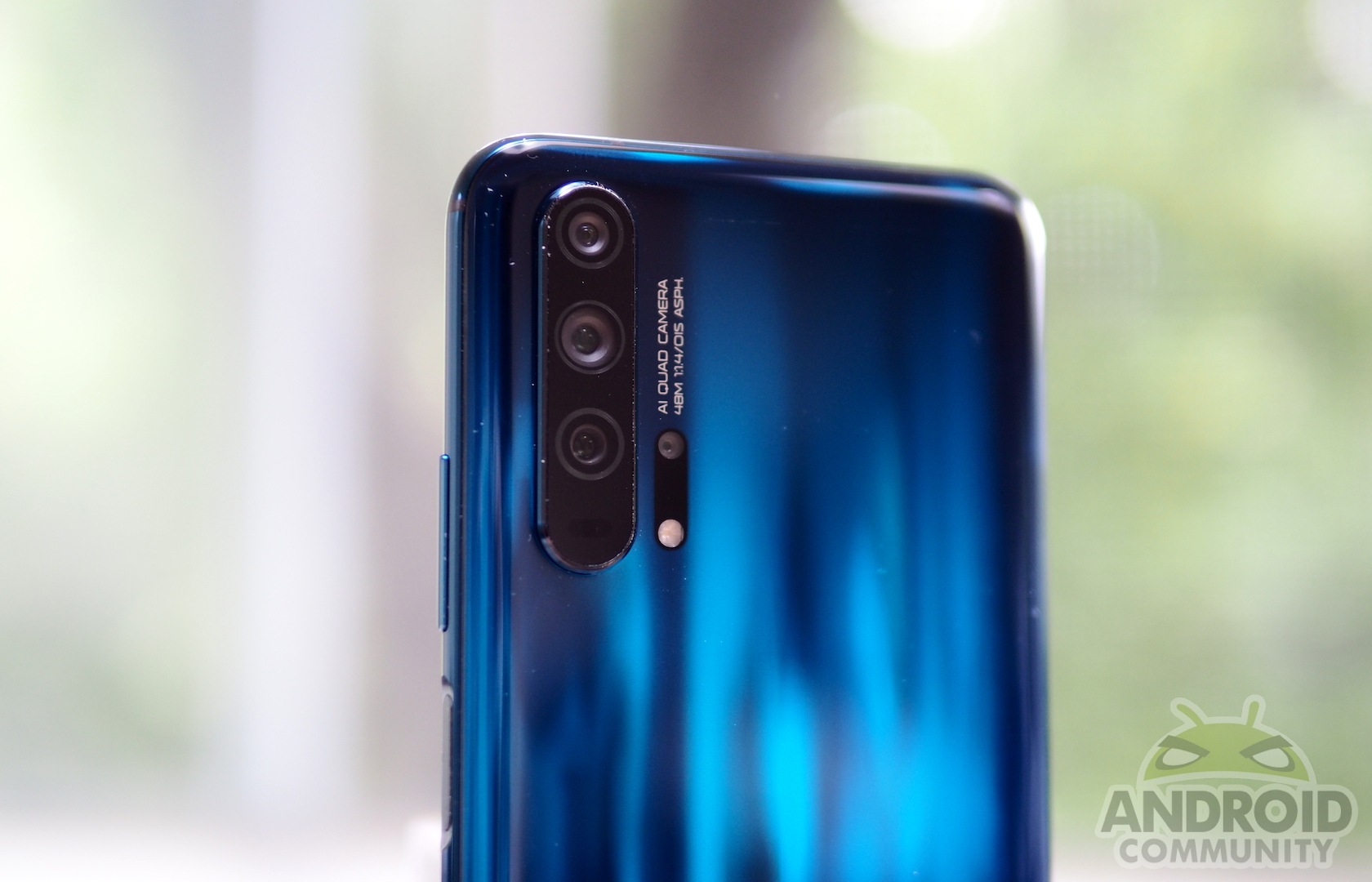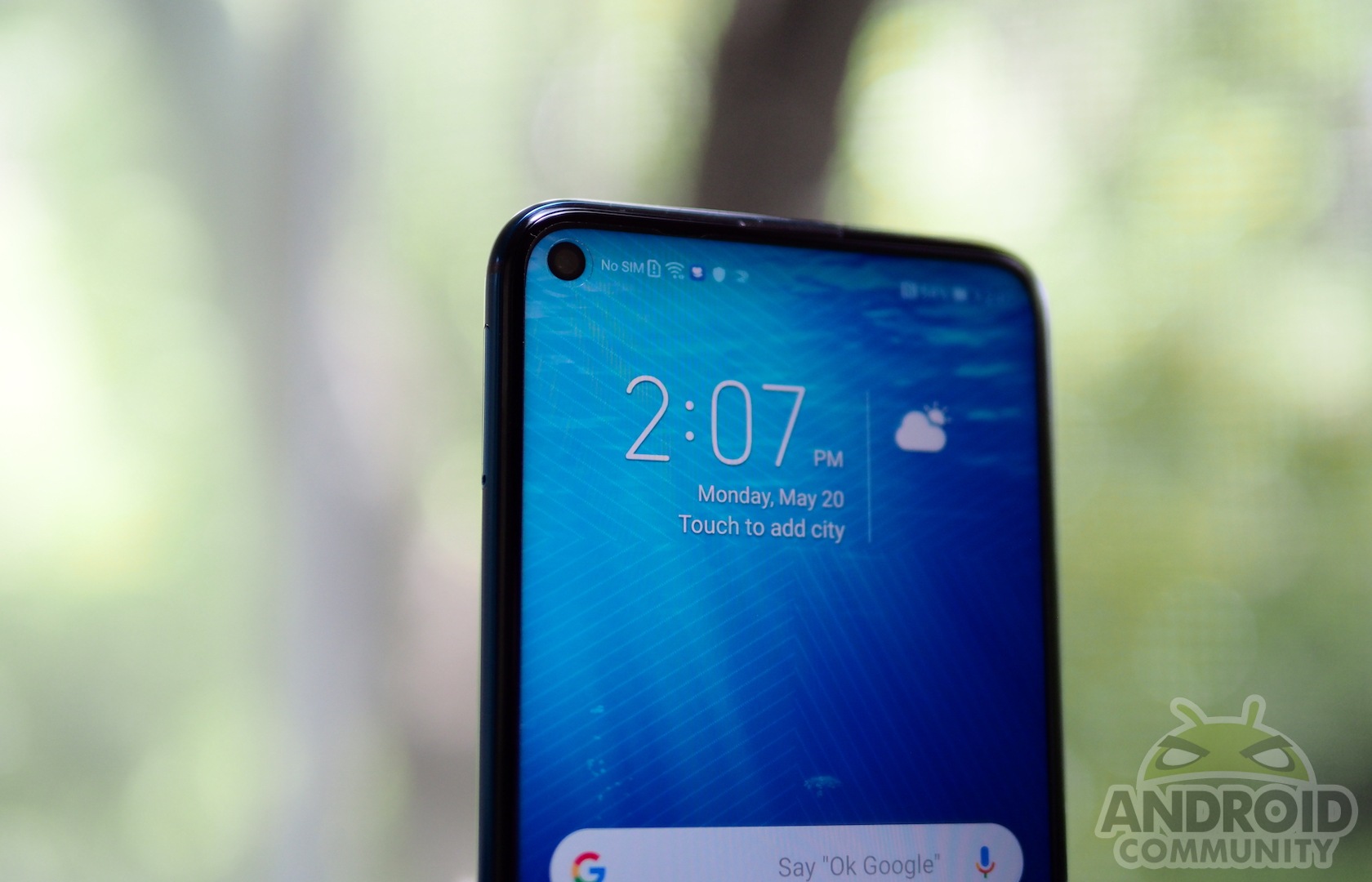
Honor is launching its latest flagship phones against the backdrop of the now-suspended US ban on Huawei. On the one hand, it raises uncertainty and doubt on the two company’s future. But on the other hand, it also highlights why the combined numbers of Honor and Huawei made it a force to be reckoned with. Because despite all the scandals, accusations, and conspiracies, the Honor 20 Pro is trying to demonstrate what happens when you get the smartphone formula right.
Growing out of its roots as the cheaper Huawei sub-brand, Honor has redefined itself to be a mobile brand that specifically caters to the so-called millennials. And when it comes to smartphones, millennials look for three things: eye-catching designs, excellent cameras front and back, and long battery life.

The first one is delivered by the Honor 20 series’ “Dynamic Holographic Design”. This is marketing speak for a process of using three layers to create mini prisms that make the light dance on the phone’s surface. Quite ironic for a company that prides itself on cost-efficiency, Honor boasts that out of 100 back covers produced this way, only 20 end up being usable. Which might a bit of a shame because the limited colors of Phantom Black and Phantom Blue for the Honor 20 Pro and Midnight Black and Sapphire Blue for the non-Pro Honor 20 might mean buyers will put non-transparent cases on them.
The phone is a bit thicker than what most would be used to by now when it comes to premium flagships but by no means is it uncomfortable to hold. Honor has taken great care to make the phone usable with one hand, the company says, but one design change might prove otherwise. No rear fingerprint scanner or in-screen sensor here. The fingerprint scanner is hidden beneath the power button to the side, forcing users to unlock the phone in one way. Fortunately, you can enroll more than one finger.

So what would these young smartphone users buy an Honor 20 Pro for? For the cameras, of course. Both the Honor 20 and the Honor 20 Pro boast of four cameras behind them. Three of them they share in common, including Sony’s 48 megapixel IMX586 sensor with an f/1.4 aperture, OIS and AIS, and PDAF and Laser AF. There’s also a 16 megapixel super wide angle camera and a 2 megapixel macro camera. That last one sounds rather low and Honor admits its still a market experiment. If users love to take macros, expect the Honor 30 to step up the game.
Where the two differ is in the fourth camera. On the Honor 20, that’s a simple 2 megapixel depth sensor. On the Honor 20 Pro, you get an 8 megapixel telephoto camera with 3x lossless optical zoom, 5x hybrid zoom, and 30x digital zoom. If those numbers sound familiar, then you might have been watching the Huawei P30 Pro a bit too closely. It’s no surprise that the Honor 20 Pro doesn’t quite reach the same figures but a DxOMark review will show just how far or how close the two will be.

More than just the hardware, smartphone camera performance is also made or broken by the software. As always, Honor has utilized “AI” in its features. Not just for stabilization or AIS, but also for things like Super Night Mode and AI Ultra Clarity. The latter uses the phone’s dual Neural Processing Units or NPUs to produce a clear 48 megapixel photo.
Millennials, however, are also crazy about selfies, so Honor put a 32 megapixel front camera on the face of the Honor 20 and Honor 20 Pro. Despite the large sensor, Honor boasts that the 4.5 mm punch-hole is the smallest in the market so far. Sure, you do miss out on some features that additional sensors might offer but Honor has been known to use loads of software processing to beautify selfies anyway. Plus, that small hole means there’s a lot more room left for the 2340×1080 pixels on the 6.26-inch screens on both phones.

With an always-on-the-go lifestyle, millennials hate the downtime that charging imposes on them. The Honor 20 Pro’s 4,000 mAh battery and the Honor 20’s 3,750 mAh battery try to offer a measure of assurance. And when it does come time to plug in, the 22.5-watt SuperCharge promises it won’t take too long. There’s no wireless charging here, however, contrary to parent company Huawei’s trends. Just like OnePlus, Honor isn’t yet a believer in the efficiency of wireless charging and opted to give users wired charging than offering them mediocre charging on both fronts.
Inside, the Honor 20 Pro and its sibling have the makings of a true 2019 flagship. There’s the Kirin 980, so far Huawei’s latest silicon, and 8 GB of RAM and 256 GB of storage on the Honor 20 Pro. The Honor 20 only gets 6 GB RAM/128 GB storage. There’s GPU Turbo 3.0 again for your gaming needs and virtual 9.1 surround sound for audiophiles.

Honor hasn’t yet announced availability dates, which it might be reconsidering in light of recent events, but it did let on what the phones would cost. The Honor 20 would be 499 euro, roughly $561, for a configuration with 6GB of RAM and 128GB of storage, while the Honor 20 Pro will go for 599 euro ($674) with 8GB of RAM and 256GB of storage. Admittedly steep compared to Honor’s previous generations but, just like OnePlus, it is starting to distance itself from the stigma of selling low-priced, non-premium phones. Given the headache and PR nightmare it’s going through, however, it might not be the best time for such a price hike.












